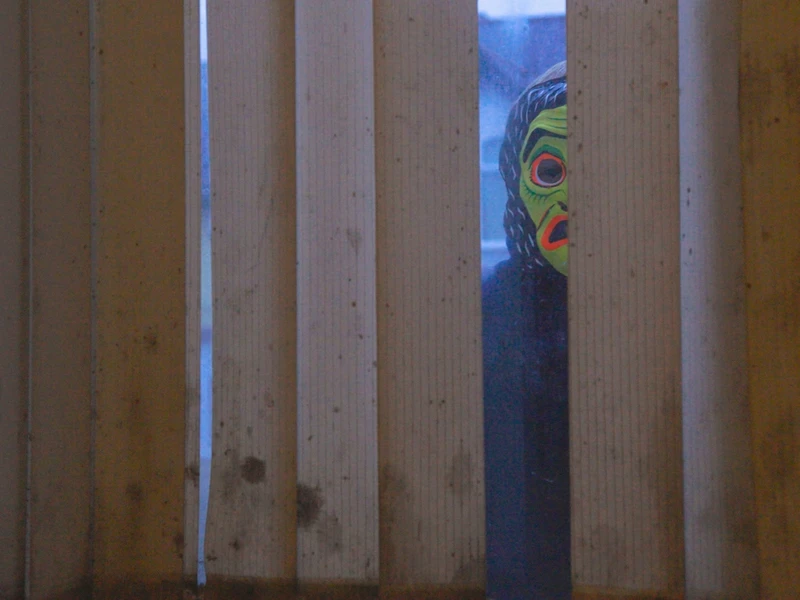Helen Anna Flanagan & Gavin Gayagoy
29 Aug-23 Nov 2025
PV 28 Aug 2025, 6-8pm


This exhibition brings together two artists exploring the complexities of human existence in the modern world. Through their artworks, Helen Anna Flanagan and Gavin Gayagoy navigate experiences of alienation through societal neglect and digital isolation. Both works were created during artist residencies at FACT and developed in Studio/Lab, a dedicated space for nurturing and supporting artistic practice.
Burnt Toast is a contemporary ghost story by Helen Anna Flanagan. The film resurrects legendary British comedian Tommy Cooper, who famously died mid-performance in 1984. Combining machine learning, analogue technologies, archival materials and a trained impersonator, the film follows a failed magician trapped in his decaying home. Unemployed and struggling with mental health and social isolation, he recites memories and anecdotes haunted by the past. Through his story, Helen asks us to question how hidden structures —such as class, culture and capitalism— can shape our lives, control our actions, and leave us feeling alienated.
Gavin Gayagoy’s work, Doomscroll_1, explores our relationship with smartphones, focusing on the sensation of ‘doom-scrolling’ - compulsively consuming digital content, often to the detriment of mental health. Doom-scrolling often leaves people feeling trapped in an endless loop as they mindlessly switch between apps, losing track of time. Gavin utilises game design to examine how digital environments impact our emotions and, ultimately, our understanding of ourselves. His work addresses the paradox of being online - that it holds the potential to thrill and fear, offering freedom while also holding us back.
Our homes are full of ghosts - from our memories to digital presences that haunt us from our screens, drawing us into their spectral worlds and slowly building a sense of disconnection from those physically around us. In this exhibition, both artists use the domestic setting as a way to think about the technologies, social conditions and societal structures that create this strange loneliness in being connected.